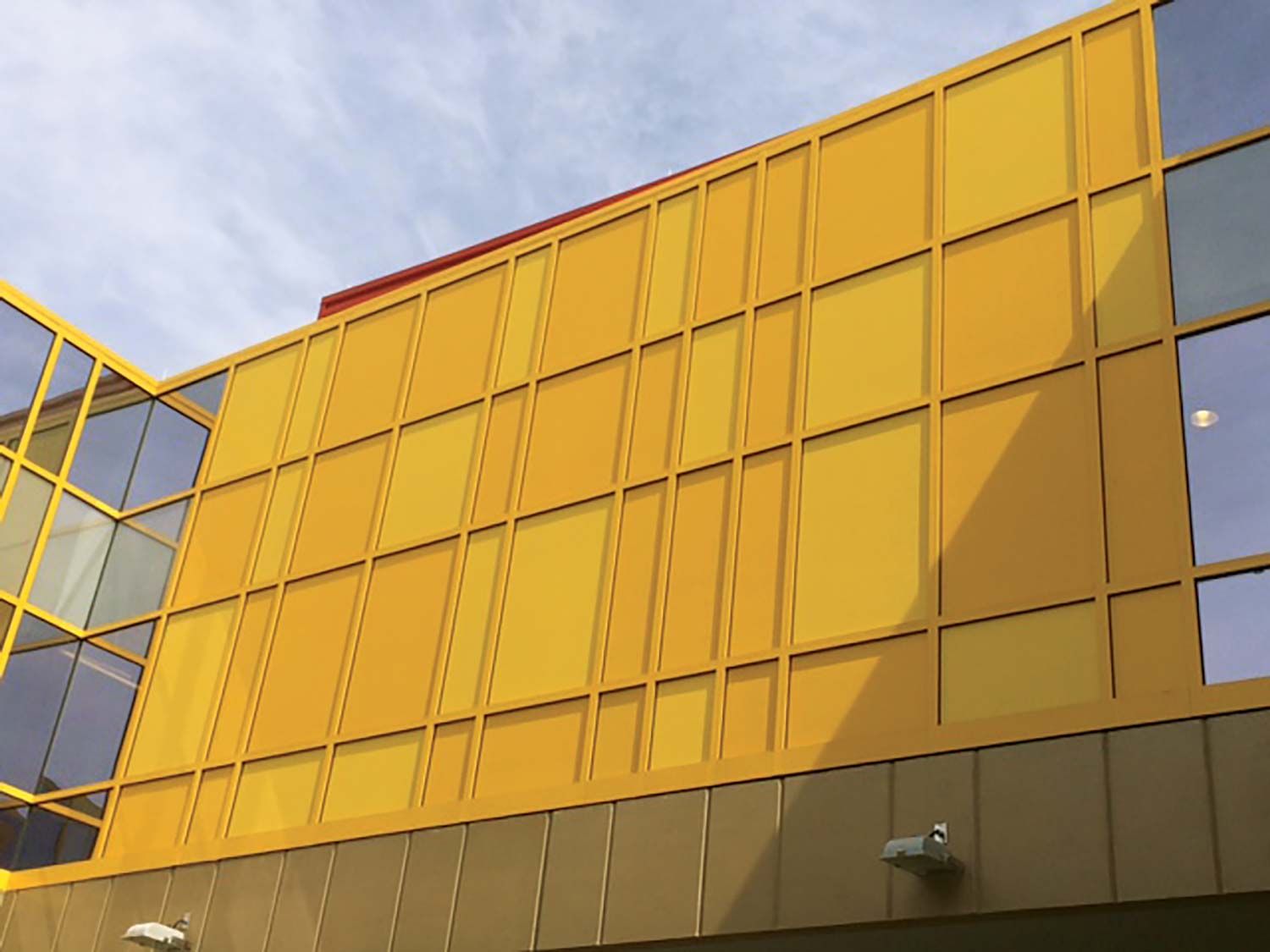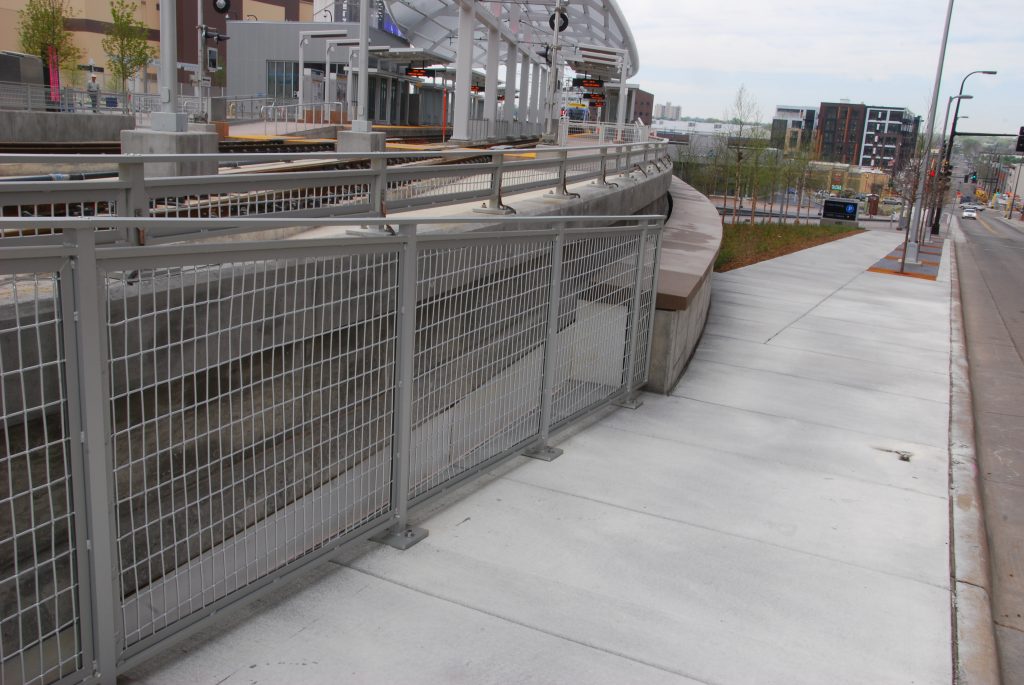Some Known Facts About Railing Infill Panels.
Table of ContentsHow Railing Infill Panels can Save You Time, Stress, and Money.More About Railing Infill PanelsThe Of Railing Infill Panels
Infill wall surfaces are typically mounted on website as individual aspects that are pre-cut to size however they can be pre-fabricated as large panels with the cladding currently attached. The exact same elements may be utilized for interior separating walls, yet below the primary concerns are fire resistance as well as acoustic insulation as opposed to resistance to.loading. A small interior pressure is used in the style of interior dividing walls. @&&h2@ [top]
Sorts of
infill walling @&&/h2@ Various forms of construction can be employed to develop infill walls that span between floorings in steel or concrete structures. Generally, infill walls used masonry or wood, yet the modern type of building makes use of light steel C sections that span between the floorings and also around openings. The C areas are positioned at a regular spacing depending upon the exterior faade products, and also at a spacing which is likewise compatible with basic plasterboard as well as sheathing board dimensions. @&&h3@ [leading]
The 9-Second Trick For Railing Infill Panels

The light steel elements made use of in infill walls contains C sections as well as U sections of. railing infill panels.

75 to 150 mm deepness that are cold roll-formed from galvanized steel strip of 1. 2 mm thickness defined to BS EN 10346. The galvanizing( zinc layer) provides exceptional longevity. The C sections are put at 400 or 600mm spacing as well as pairs of C areas might be utilized alongside big openings. Wall panels can be pre-fabricated as storey-high devices or, much more typically, are site assembled from C sections that are delivered cut-to-length. The 2nd method is usually the only option in improvement applications where resistances in the initial building need to be fit. Site assembled light steel walls in a steel framed structure Pre-fabricated light steel infill wall surface panels in a steel mounted building Infill wall surfaces include a bottom' track' connected to the flooring and a leading' track' attached to the bottom of the flooring above. This movement is crucial in concrete why not look here structures, where 2 to 3 mm reducing of the concrete framework per floor can take place over time as well as typical structural movements. The vertical C areas are developed to span 2. 4 to 5m in between floors, and also to stand up to wind loads or other loads in bending. The straight C areas above as well as listed below the windows transfer tons back to the vertical C sections. One or two layers of' fireproof' plasterboard( complying with BS EN 520, Type F) to the interior face offer approximately 90 mins fire resistance to the light steel infill wall. @&&h3@ [top] Light steel separating walls @&&/h3@ Pre-fabricated light steel wall surface panels Light steel separating walls utilize similar elements to.

6 Easy Facts About Railing Infill Panels Shown
acoustic or fire features therefore are single fallen leave wall surfaces comprising C sections of 55 to.
90mm depth, relying on the wall elevation, with single layers of plasterboard on each side. @&&h3@ [top] Masonry infill walls @ & &/ h3 @. Wall surfaces created from clay bricks or concrete blocks are the traditional type of infill wall building. However, the usage of block-work infill wall surfaces has actually lowered recently because it is a messy as well as time consuming site procedure, as well as requires a big amount of products managing. From a design point of view, strengthening posts are needed alongside big home window openings, as the stonework is not sufficiently solid to withstand the high regional wind tons alongside these openings. @&&h3@ [leading] Concrete infill walls @&&/h3@ Pre-cast concrete infill wall panels Concrete infill wall surfaces are typically in the kind of big precast concrete panels that are storey high and also typically of a size determined Continued by the column spacing. These large panels might be leading put up or bottom supported. They normally bear onto the floor piece
using a boot plan, and are bolted back to the structure on the degree above or below. Essential panels may be outfitted in other products( normally concrete panels are dressed in stone). Panel weights of approximately 300kg/m are normal, with panel widths of between 3 and 9m as well as height of 3. 2m. The maximum dimension of panel is limited by transport considerations as well as crane training capability( both on website as well as at the concrete works). 15 to 20 tonnes are common optimum weights of precast concrete panels. @&&h3@ [top]. Lumber framed infill walls @&&/h3@ Hardwood infill walls make use of typical timber areas of 90.
and 140mm deepness to span 2. 4 to 3. 6m between floors and are comparable in kind to light steel infill wall surfaces. Hardwood sections are cut to size as well as are put at 400 mm or 600 mm spacing. The disadvantage of hardwood in comparison to steel is that it is not as strong and it is not possible to utilize it in tall wall surfaces or in walls with huge openings. @&&h2@ [top] Advantages of light steel infill and separating wall surfaces @&&/h2@